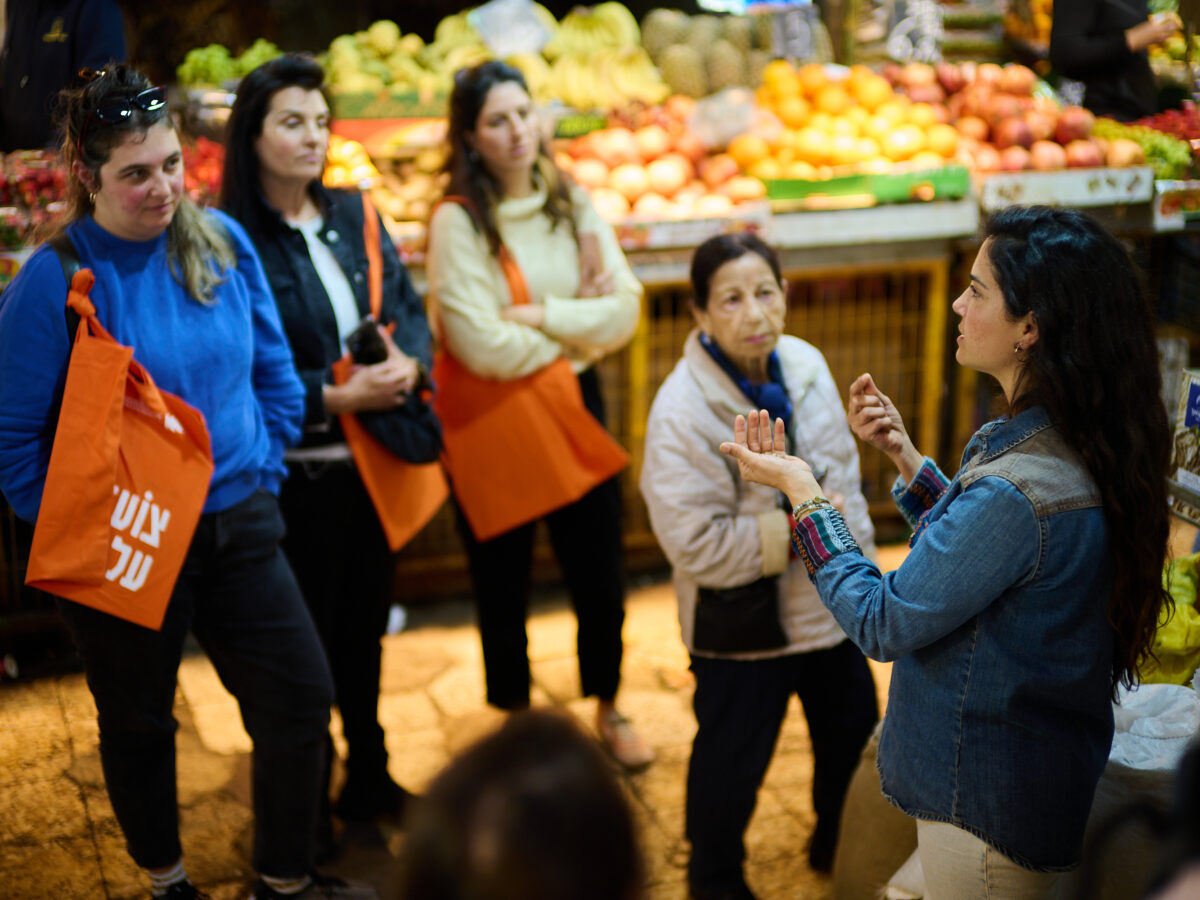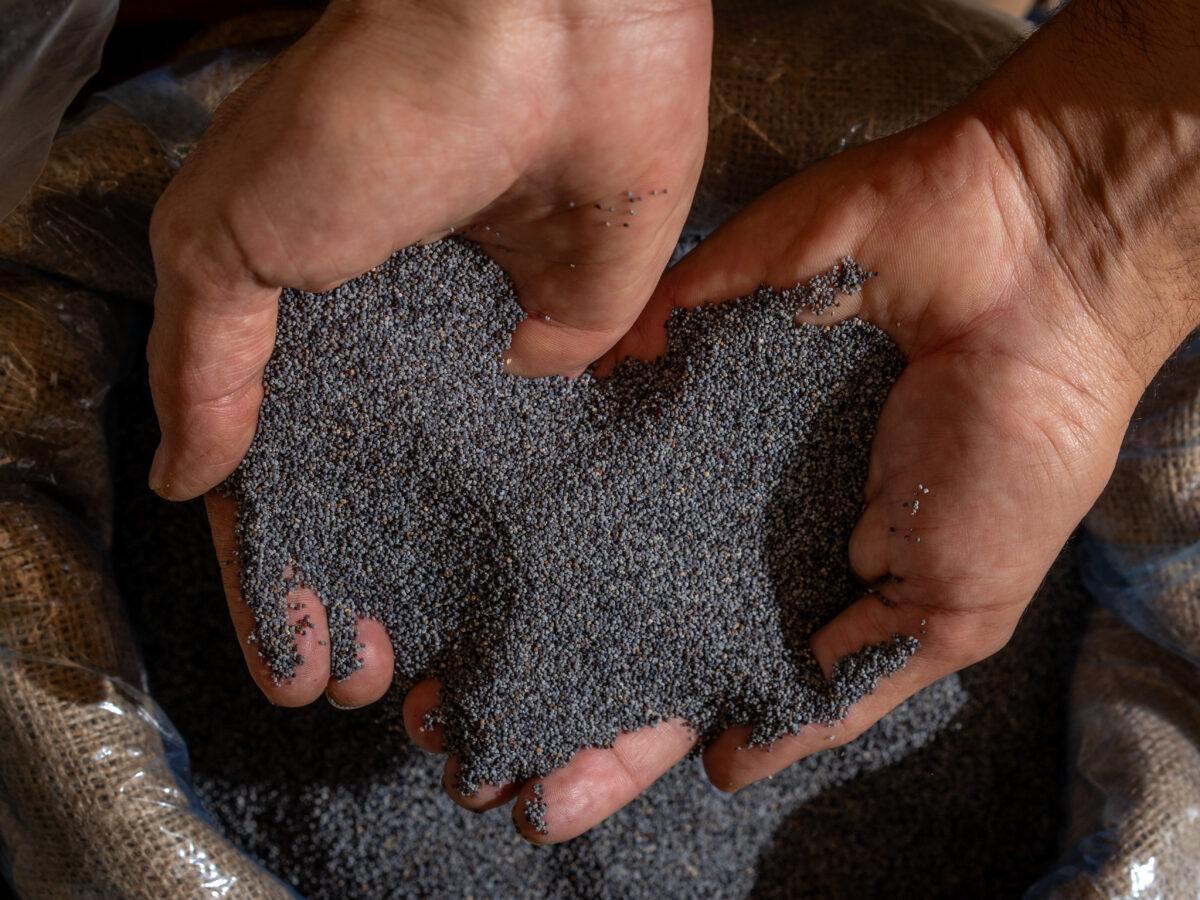Last year, Israel’s national food bank Leket reports the country wasted 2.6 million tons of food, and according to The Natural Step Israel, atleast 13 percent of the fruits and vegetables were discarded before ever reaching the market, many deemed too “ugly” to sell.
When graduates of Bezalel’s Department of Industrial Design Esti Brantz and Meydan Levy learned about Israel’s food waste problem they were appalled. In their student apartment above Jerusalem’s Mahane Yehuda market, they started exploring and experimenting with these “ugly” vegetables discarded by vendors. They tried slicing and drying, seeing if they could transform them.
After meeting Anat Natan through Strauss’s Kitchen Food Tech Hub, the trio launched ANINA in 2020. The company helps tackle food waste by creating dehydrated pods of “ugly” vegetables that are as much food as they are art. Dried, each dish weighs 80 grams and it’s “cooked” simply by adding water and popping it in the microwave. When it’s ready, it’s a 280 gram meal, about 40 percent of which is vegetables and it contains 20 grams of protein. A year after launching, the Israeli publication Calcalist declared that ANINA’s pods are “the next generation of ready-made meals.”
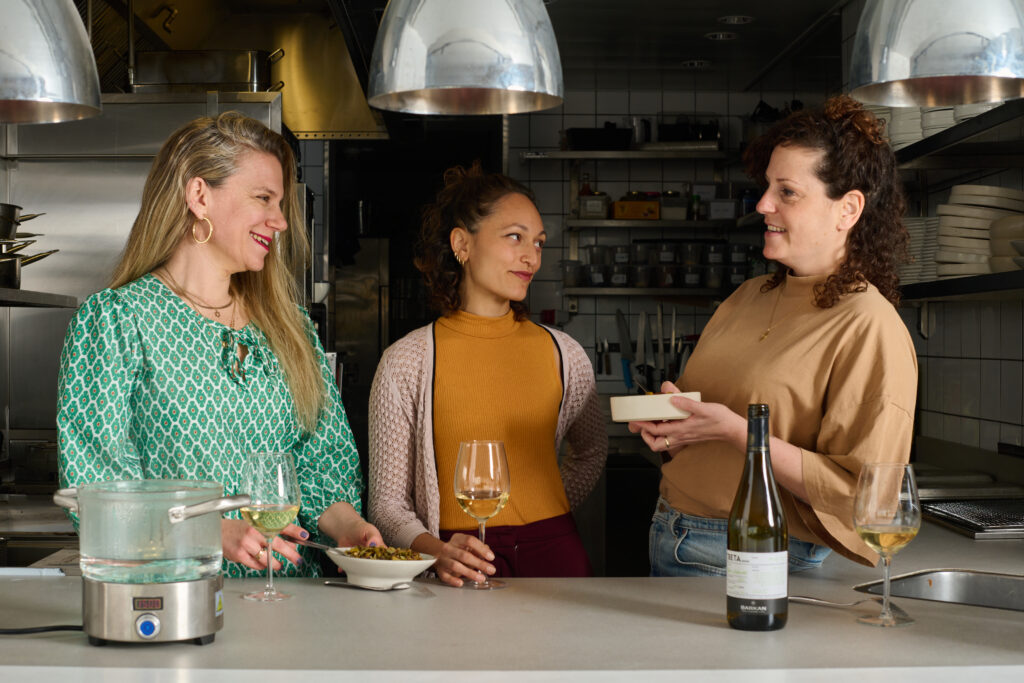
We spoke to Natan (43), the company’s CEO, recently, who tells us her first job in management was in 9th grade when she ran a cafeteria to collect money for her class’s graduation party. “I turned 2000 NIS into 10,000 with pure intuition,” she says. After completing her MA, she began working in management and marketing in companies like Wissotzky Tea, Materna (Nestle) and Tnuva. She chatted with us about ANINA’s journey from a home kitchen to food tech company, the relationship between industrial design, art, and food, and the company’s target customers.
You mostly worked in food companies. Was that intentional?
Funny you should ask. About 15 years after I completed my BA in Economics and Media Studies, someone reminded me that I had written a seminar paper comparing the franchise model of Café Hillel and Aroma. ‘You love food so much, even your seminar paper was about food,’ they said.
After working at Tnuva, you went on to manage the Israeli branch of a Spanish branding and strategy firm.
I worked there for three years, and I realized none of my customers were related to food. I suddenly missed that, so I decided to attend cooking school at Danon Culinary Center. I took a 6-month course, and then decided to study pastry, too. At this stage, my husband begged that instead of wasting money on cooking school and endless baking experiments at home, I would just go back to working with food.”
So, did you listen? I believe you met your partner at Strauss’s Kitchen FoodTech Hub, right?
A friend had told me about foodtech, and in the beginning I wasn’t exactly enthusiastic. Until then, most of what I saw was alternative proteins and fermentations. I was looking for something different, so I went to talk to Yonatan Berger (CEO of The Kitchen FoodTech Hub). Strauss’s food hub connects product inventors with business inventors, and that’s exactly how ANINA was founded in June 2020, just as the pandemic hit.
When you joined them, Esti and Meydan were still working in their home kitchen. How did you start working together?
My management philosophy is that the first thing to do is figure out the goal, define it, and then find the way to get there. The further you look, the clearer your path will be. So the first thing we did was observe our potential customers. Although we are an innovative startup, the product had to comply with the language customers speak. Qualitative, quantitative and experimental research is a must from day one, even if it seems too early. We researched the end customer, the purchaser, the sell points and their behavior, the product’s position and advantages — the entire process of going to market.
So how did you venture out of the home kitchen and become a tech startup that started selling to a limited market last spring?
Once customer research is done, it’s time for product and recipe development. During ANINA’s second year, we began working at Make Eat [a shared maker’s space for small-scale food manufacturers, which includes a common professional kitchen space and provides a food manufacturing license and a kashrut certificate]. The development of the pod is probably one of the most complicated parts of our work, and we had design, technology, and nutrition experts to help us. In addition, Brantz and Levy had ample knowledge about industries such as textile, leather and paper, due to their background in industrial design. Our production process has techniques and machines from industries that are not food-related.
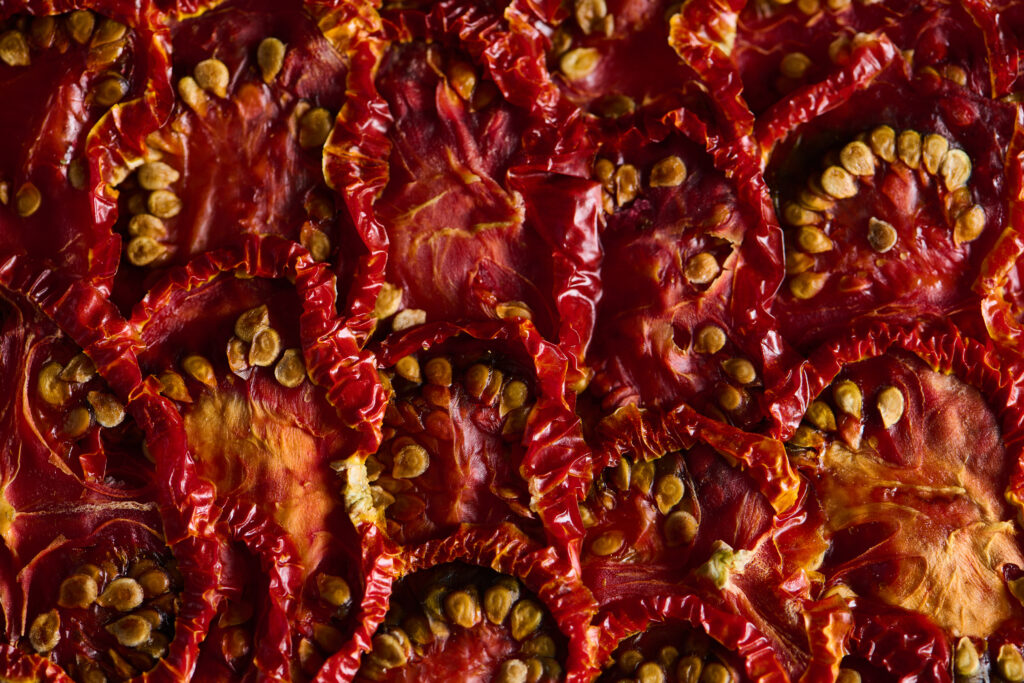
What’s innovative and different about your product?
We know how to take vegetables that are perfect in taste, texture and nutritional values, but imperfect in appearance, and turn them into vegetable leaves. This is our unique technological foundation: highly pliable, strong leaves we shape and insert into a 3D pod. The vegetables are air-dried in relatively low temperatures, to maximize the preservation of their nutritional values, as well as their colors.
So the water cooks the pod – and it’s ready to eat?
We build the pod in a way that lets us control the exact time in which the laminate [vegetable leaf] disintegrates during cooking. This allows a different cooking time for different ingredients. In our pasta primavera with zucchini, tomatoes and pine nuts, for example, the vegetables start cooking first, then the pasta comes in contact with the boiling water, which cooks it to al-dente, and the pine nuts hardly touch the water, and so remain crunchy.

Where do you get the vegetables from?
After we figured out our customers and product, we reached the third phase – production, which is where we are now. In this phase, we research the supply chain, which starts with the vegetables. In our case, we started working with the wonderful people of Aleh Aleh [a company providing quality vegetables to restaurants and homes]. Together, we created a model in which we buy their “ugly” vegetables, make them look nice and sell the final product on their website.
At Asif’s Food Waste Action Week last year, Alon Chen, the CEO and co-founder of Tastewise, spoke about sustainable culinary trends and explained that customers want to participate in the sustainable story of the food they consume. Who are ANINA’s target customers?
We dedicated our initial research to a thorough investigation and definition of our target consumers. We focused on two similar groups: 30-year-old millennials who lead an active, fast-paced lifestyle; and the Z generation, with their acute awareness of sustainable consumption. Being in their 20s and 30s, they are busy building themselves professionally. They live by themselves or with a partner, and very few have children. We call them ‘fast foodies’: they are very mindful of their food choices, both rationally and emotionally. They are mindful about ingredients and their sources, and they are passionate about culinary experiences. In the US, they would go to Eataly and get a sandwich with arugula, gorgonzola and balsamic, but they would never get a sandwich at a convenience store at a gas station. It’s a category of everyday premium.
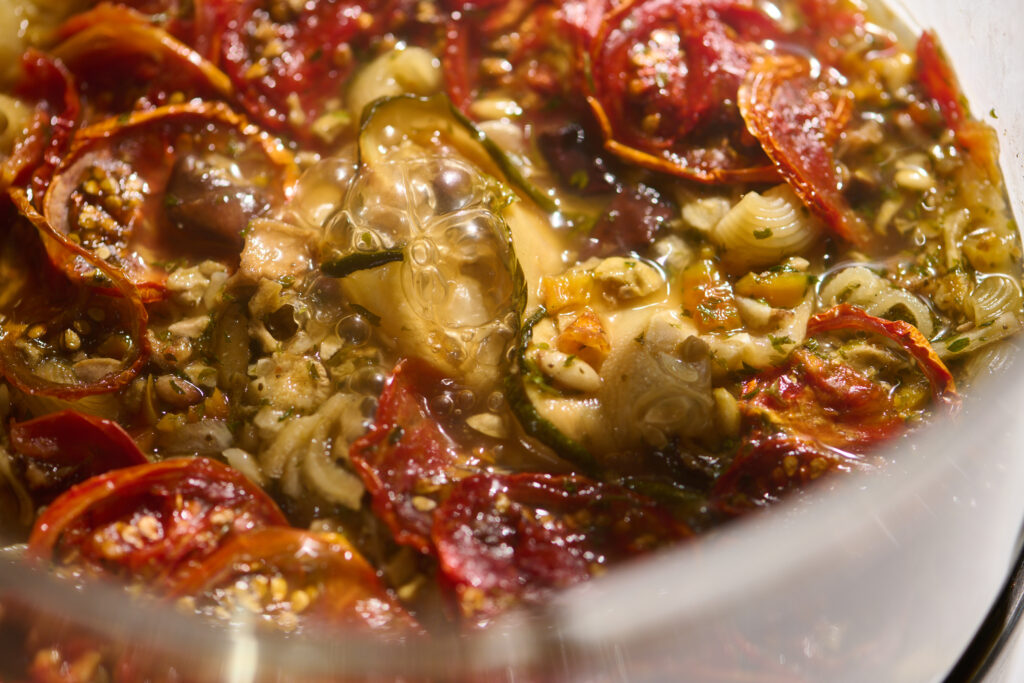
You’re now in your third year and are working towards expanding to the American, European, and Asian markets. And you just got back from Andora, where your company is planning a pilot.
Our challenge is to stay focused and flexible on the go, while staying committed to our philosophy of production and the idea of food waste reduction, as an inseparable part of the process.
What inspired the product’s design?
When Esti and Meydan look at an ingredient, they do not see it as industrial food producers, but as artists and designers. They do not see it as food, but as a material. They came to the mission of solving food waste with their tools, and this was the inspiration for the ground-breaking design.
Were you inspired by other products in branding and package design?
The challenge was to break the pattern. Given the product’s highly innovative nature, determining its optimal placement on supermarket shelves is a recurring question. The design brief for the packaging was to avoid using the conventions of the current category (precooked meals), due to negative associations. Based on my background in branding and strategy, I believed that the packaging should be compact and efficient. However, we decided to break away from convention and use a hexagonal shape instead of the typical round design in order to challenge customers’ preconceptions and generate a new, distinctive dialogue. [As to the image on the package] the prepared dish must appear on the package. We understood the package had to bridge between the innovative product and the result.
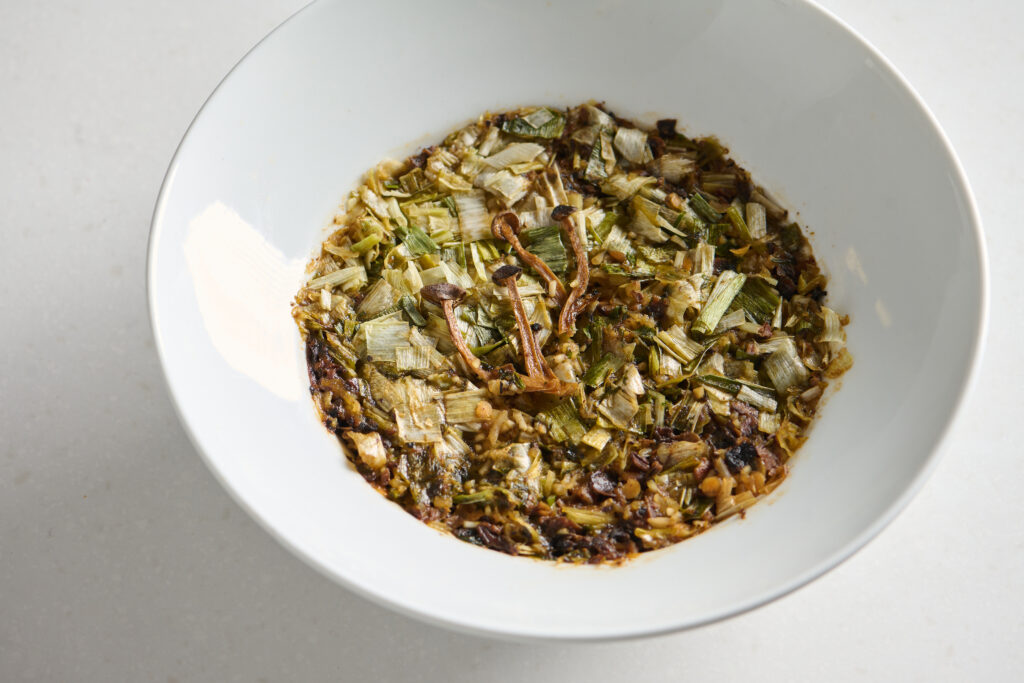
You made a transition from the heart of the food industry to the realm of foodtech. However, you also pursued training in more traditional culinary techniques at Danon and told me you wanted to study gastronomy in Italy. Where do food culture and food tech meet?
With ANINA, I think they all meet in the pod. It is very simple, yet it’s also very complex. It’s technological, yet it’s far from being industrial or engineered, and has deep respect for ingredients. Just like in our business plan, in the pod design, too, we started by thinking about the meal – what do we want it to look like? Which qualities should it have when it’s ready?
Most companies working with food waste eliminate the original form and turn the waste into powder or fluid. We maintain the form, slice it gently, and make sure to preserve the food’s flavors and nutritional values. Culture starts here, and continues with working with local farmers – and we intend to continue doing that wherever we work. The technology and innovation go into the product’s appearance. Customers tell us they’ve never seen anything like it. It’s food tech, because it lets you experience food like you’ve never done before.
ANINA Culinary Art’s products can be purchased in Israel on the Aleh Aleh website, at Zak’s Bakery & Food in Raanana, and for a limited time at Asif’s deli, for about 20 NIS a box.

